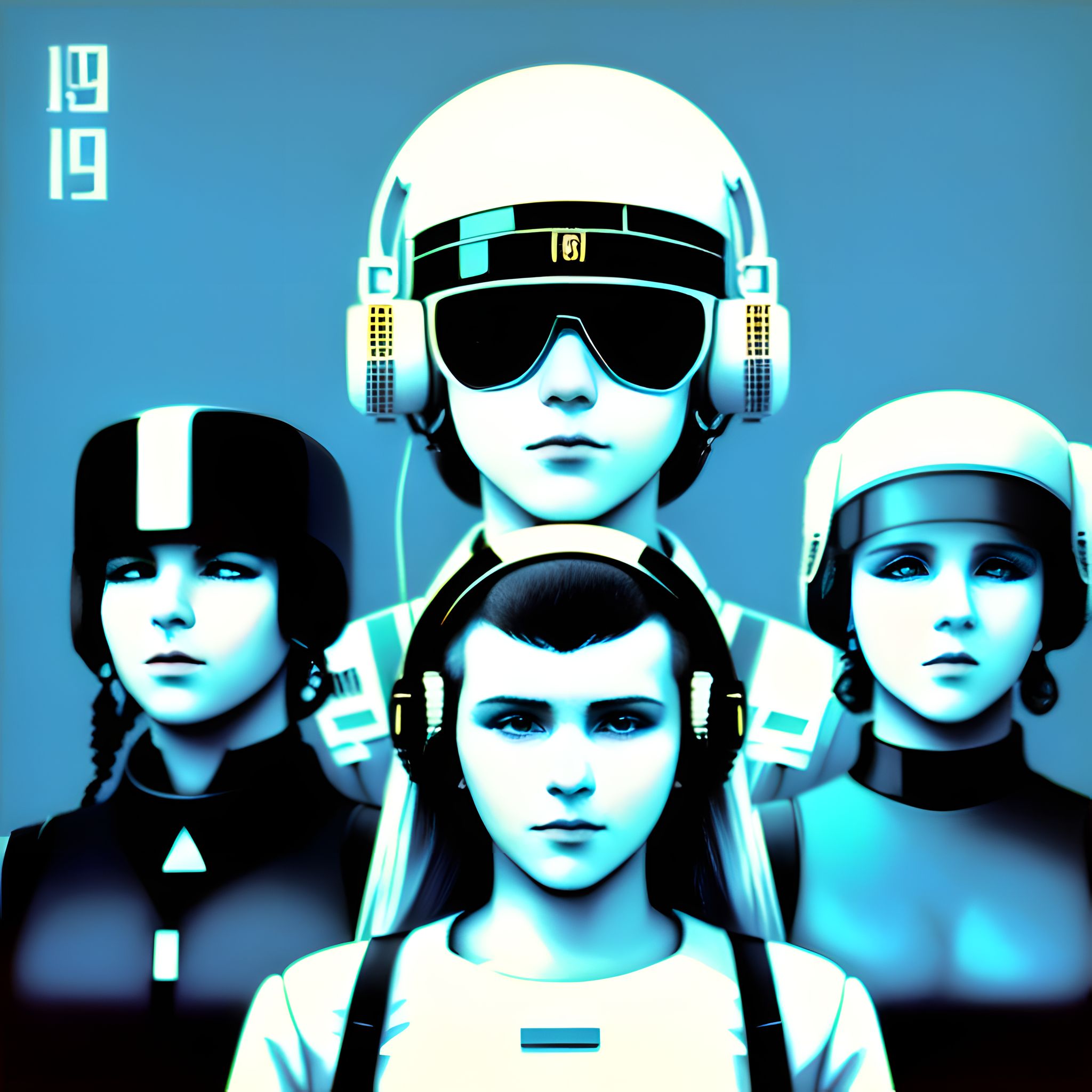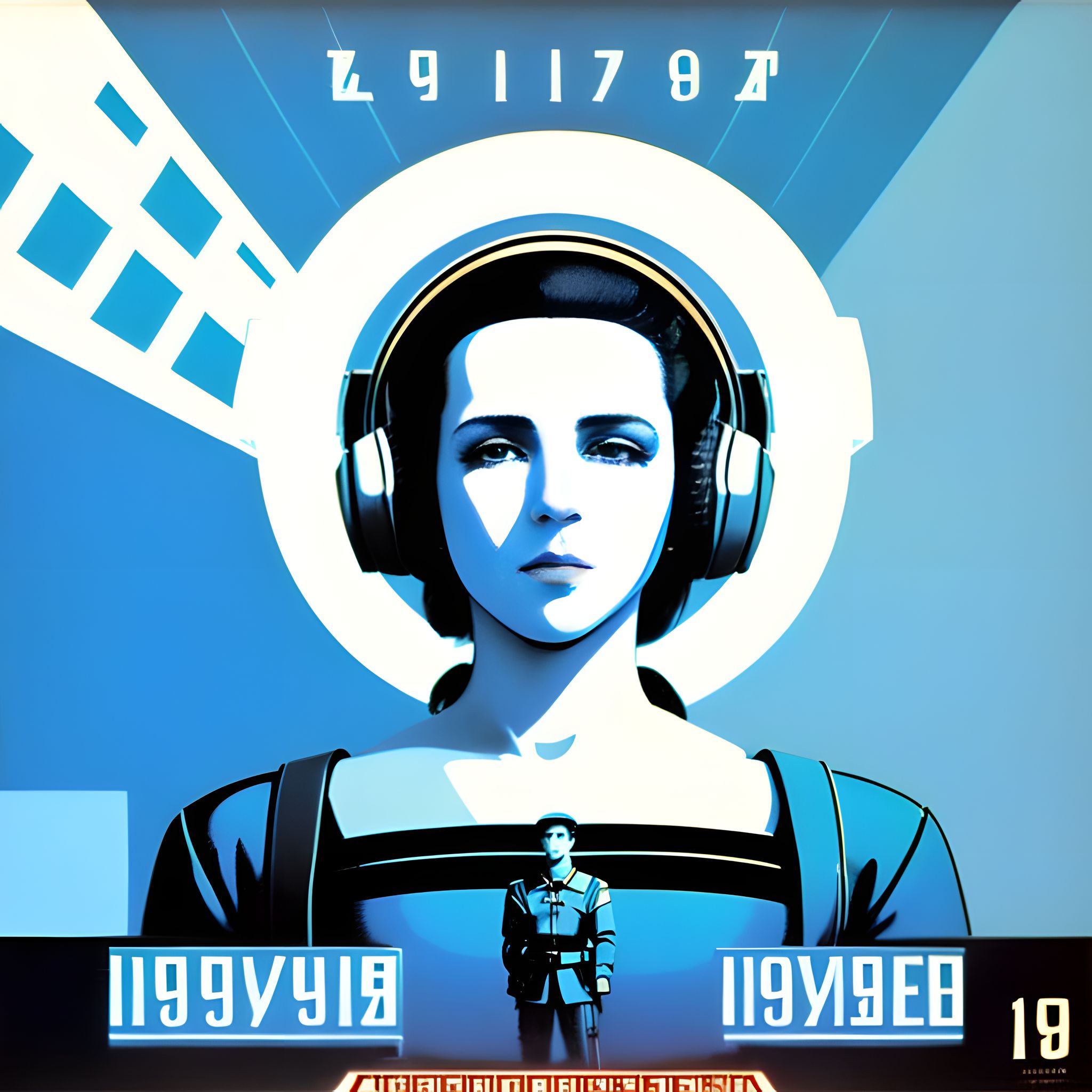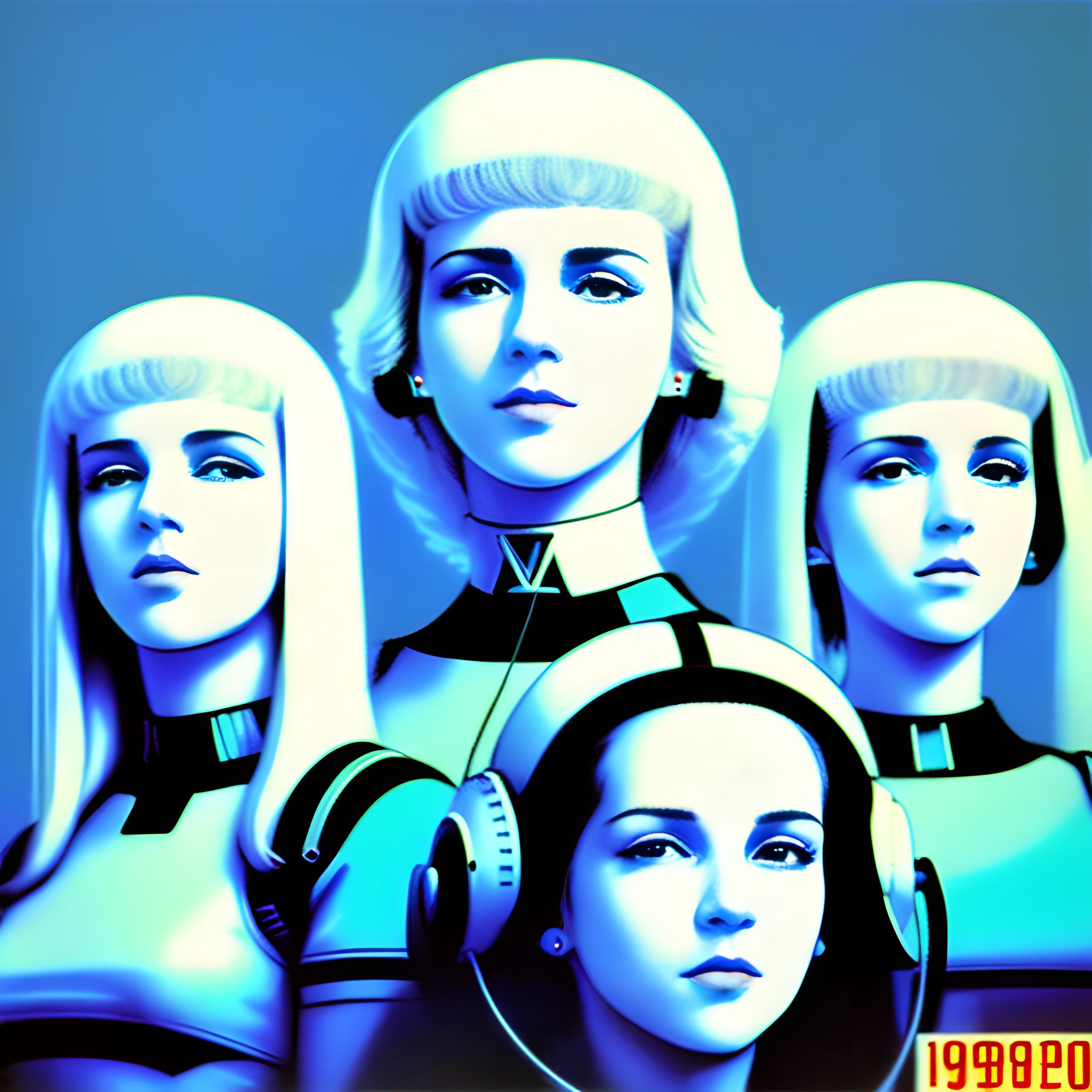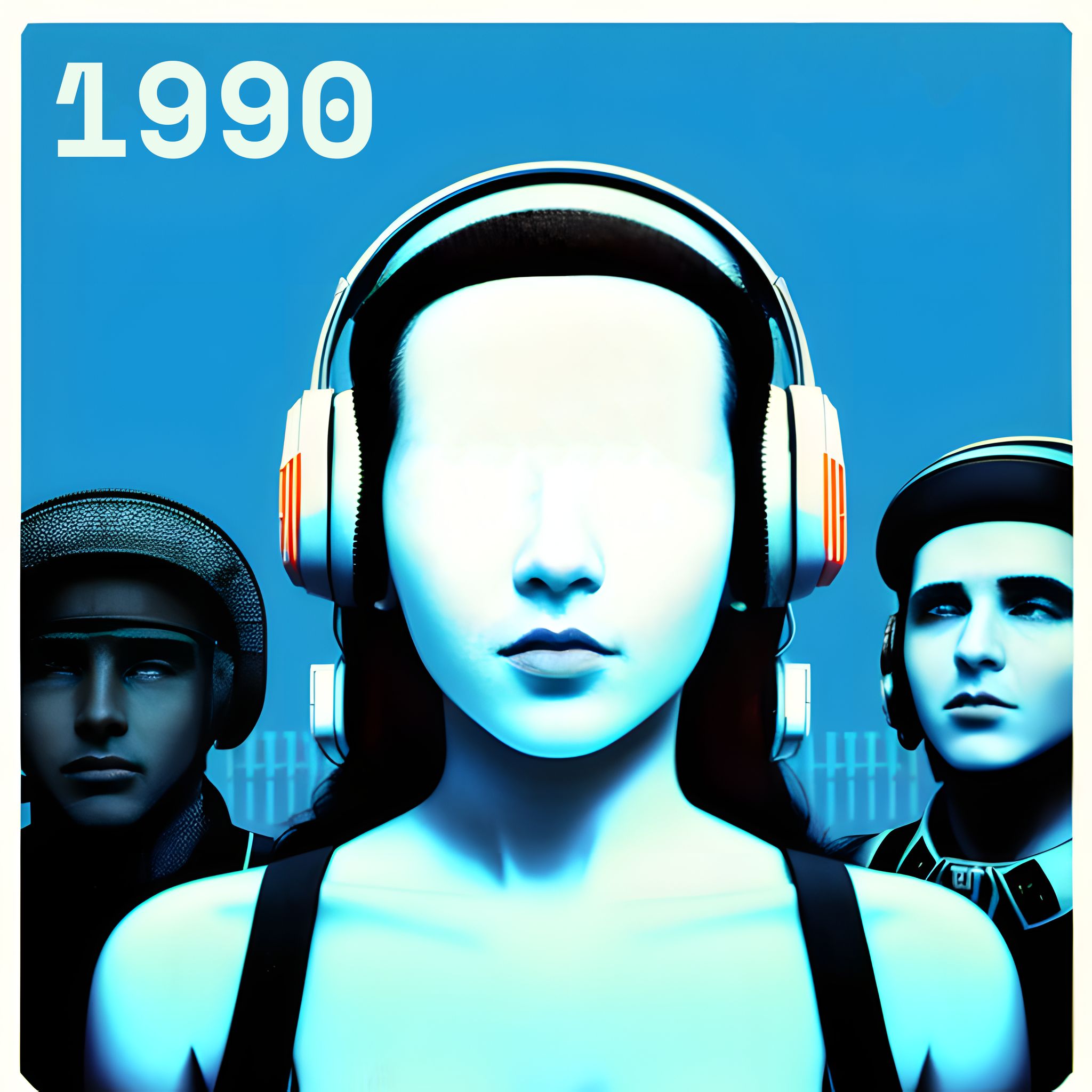In the late 1980s, a Soviet techno group emerged onto the music scene, captivating audiences with their simplistic beats and futuristic style. Consisting of two humans, one virtual idol, and one cyborg, this group defied convention and pushed the boundaries of what was possible in electronic music.
The group’s music was characterized by its minimalism, with simple drum beats and repetitive synth lines that were both hypnotic and infectious. But what really set them apart was the inclusion of a virtual idol and a cyborg in their live performances.
The virtual idol, named Eva, was created using cutting-edge computer graphics technology. She appeared on stage as a hologram, singing and dancing alongside the two human members of the group. Her voice was ethereal and otherworldly, blending seamlessly with the group’s electronic soundscapes.
The cyborg, on the other hand, was a more physical presence. He was a towering figure with mechanical arms and legs, covered in blinking LED lights. He played a custom-built electronic drum kit, adding a human touch to the group’s otherwise digital sound.
Despite their unconventional approach, the group quickly gained a following in the Soviet Union and beyond. Their music spoke to a generation of young people who were disillusioned with the state of the world and looking for something new and exciting.
In 1991, the group released their debut album, titled “Synthetic Dreams” The album was a critical and commercial success, featuring hits such as “Electric Love” and “Machine Heart” The group toured extensively in support of the album, playing sold-out shows across Europe and Asia.
But just as their star was rising, the group disbanded in 1993. The reasons for their breakup are unclear, but rumors suggest that creative differences and personal conflicts played a role.
Today, the legacy of the Soviet techno group lives on. Their music continues to inspire new generations of electronic musicians, and their groundbreaking use of technology in live performances has paved the way for other artists to experiment with new forms of expression.
Despite their relatively short career, the group remains an important part of the history of electronic music. They proved that even the most simplistic beats and melodies can be transformed into something truly innovative and groundbreaking when combined with the power of technology and creativity.



